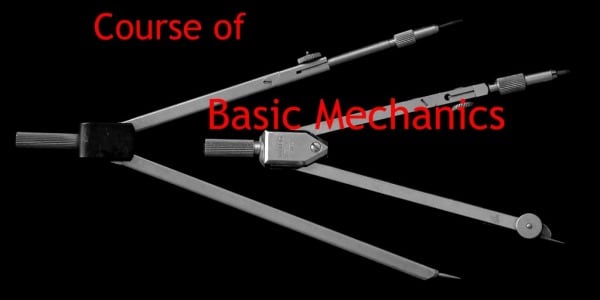
NEW Basic Mechanics course
Lesen Sie mehrMaschinenbau ist die Anwendung von Physik auf die Elemente, die uns umgeben, um bestehende mechanische Geräte zu verbessern oder neue zu schaffen. Da sie auf physikalischen Prinzipien basiert, geht ihr Ursprung auf den Ursprung dieser Prinzipien zurück, und ihre Entwicklung ist eng mit den strongchritten in der Mechanik verbunden. Dennoch wurde sie erst mit der Erfindung der Dampfmaschine zu einer der Säulen der Entwicklung der Industrie.
Mehr sehenDie Industrielle Revolution des siebzehnten Jahrhunderts fand als Ergebnis der Schaffung dieser Vorrichtung statt. Von diesem Moment an begann mit den Beiträgen von Wissenschaftlern und Ingenieuren, die so wichtig waren wie Watt, Stephenson, Tesla oder Rankine, eine beispiellose Erneuerung sowohl des Konzepts als auch der Entwicklung neuer Maschinen.
Das Konzept der Industrie, wie es bis dahin bekannt war, änderte sich mit der Entwicklung dieser Maschinen. Massenproduktion wurde eingeführt, Maschinen Designs wurden verbessert und infolgedessen wurde die Bandbreite der Produktionsprozesse erhöht, was zu einer unvorstellbaren Vielfalt neuer Produkte führte, die an die Bedürfnisse der Gesellschaft angepasst waren.
Im Rahmen des Maschinenbaus sind folgende Studien- und Anwendungsbereiche zu erwähnen:
Gegenwärtig muss jede Industrie, von Lebensmittel bis Luft- und Raumfahrt, auf dem höchsten technologischen Niveau Innovation sein. Deshalb ist Forschung und Entwicklungvon neuen Geräten besonders wichtig, um immer auf dem neuesten Stand der Technologie zu sein und auf dem von der Industrie geforderten Niveau 4.0.
Siehe Produkte